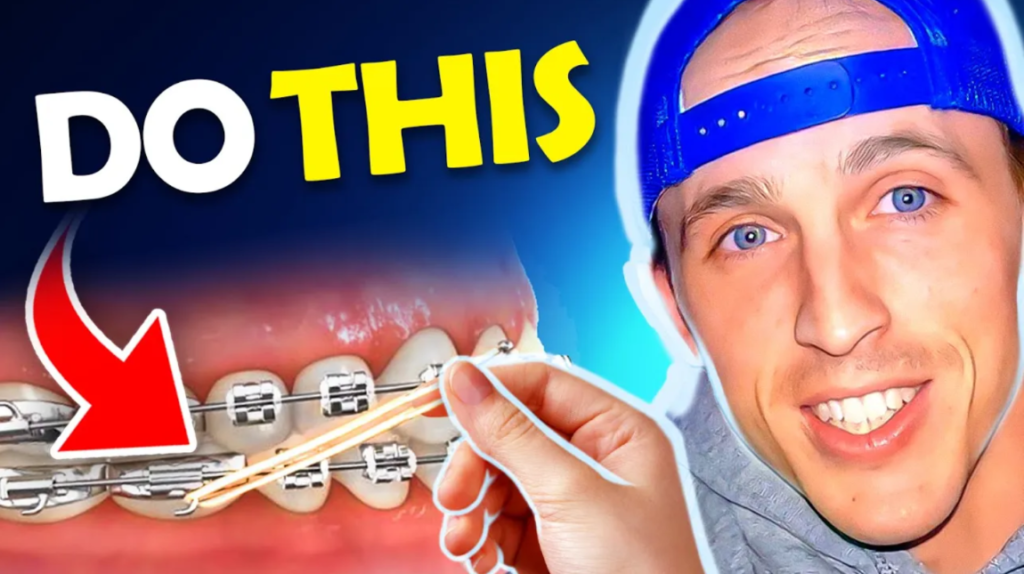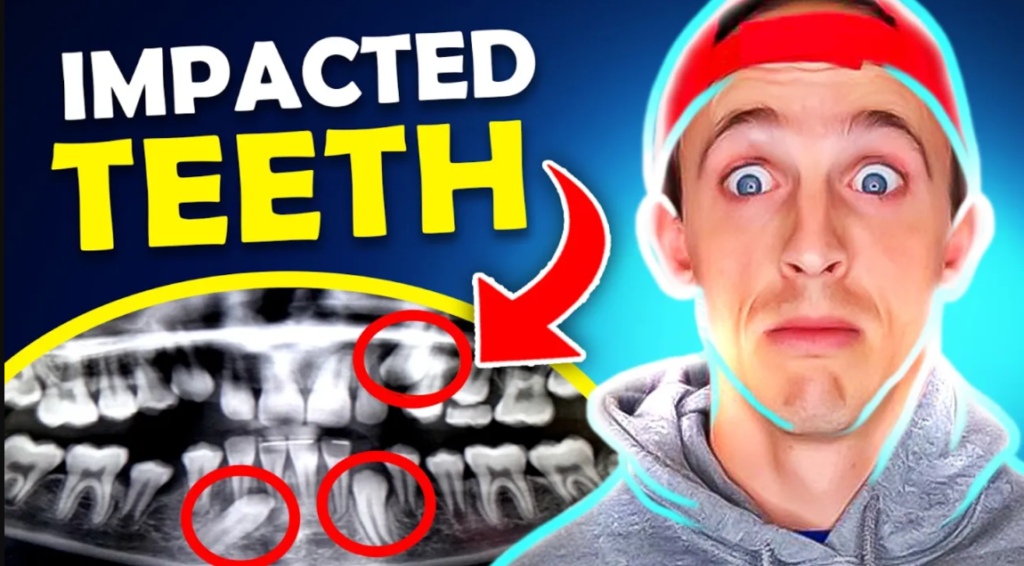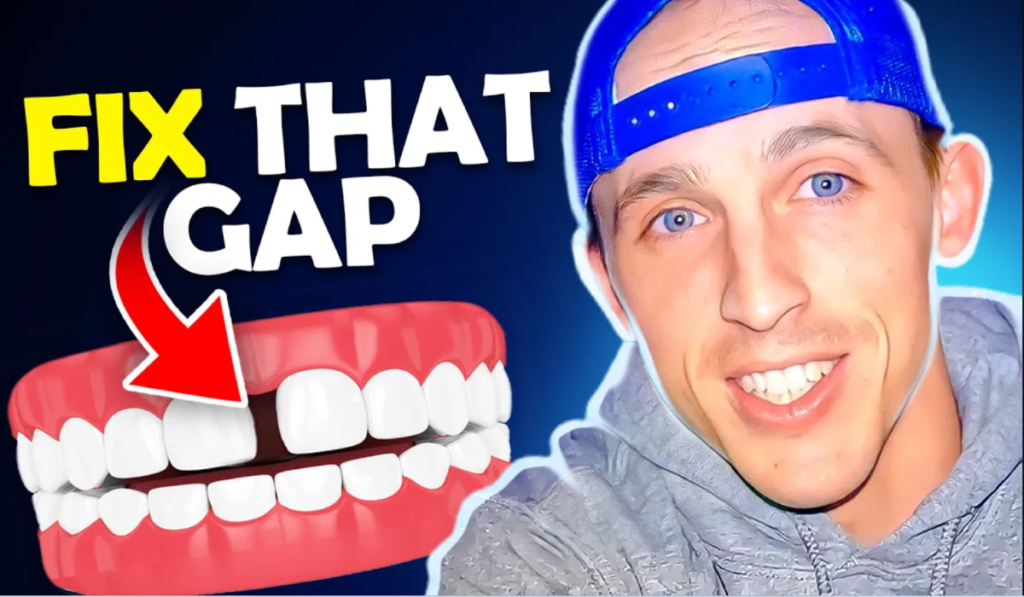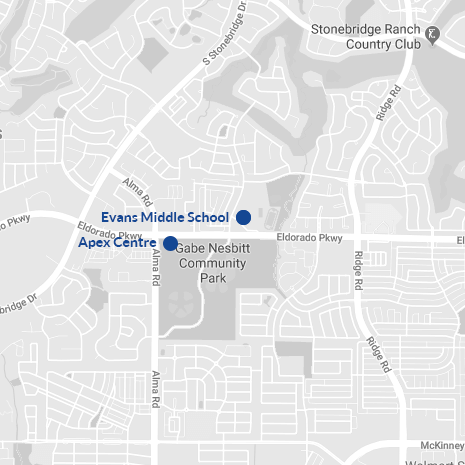Unlocking the Power of Compliance: Rubber Bands, Invisalign, and Oral Hygiene at Packard Family Orthodontics
October 11th, 2023

We're diving into a topic that unites rubber bands, Invisalign, and oral hygiene - it's a special word that starts with 'c' and rhymes with 'appliance' - that's right, it's 'compliance.'
Compliance, in orthodontic terms, means listening and following through with what your orthodontist advises. In this blog post, we'll explore how compliance is crucial in three key areas: rubber bands, Invisalign trays, and maintaining good oral hygiene.
Rubber Bands: Shaping Your Smile
Rubber bands are a common sight in orthodontics, and they play a significant role in aligning your teeth properly. The ideal alignment is what we call a 'Class I occlusion,' where your teeth fit together perfectly, creating a seamless mesh. However, many patients require bite adjustments to achieve this alignment.
Rubber bands, when used with braces or Invisalign, help correct these bite issues. They work by exerting pressure to move your teeth forward, backward, or even side to side. The key here is consistent and faithful use - wearing rubber bands as prescribed by your orthodontist, not just at night or occasionally.
If you're aiming for your orthodontic treatment to proceed as planned, meet your goals faster, and maintain good oral health, being compliant with your rubber bands is non-negotiable.
Oral Hygiene: The Foundation of Oral Health
Good oral hygiene is paramount for overall oral health. It's essential for keeping your teeth healthy in the long run. Neglecting oral hygiene can lead to issues such as gum disease and cavities. Remember, there are unseen bacteria in your mouth, and when you consume sugary foods or drinks, these bacteria metabolize the sugars, producing acid that can harm your teeth.
Orthodontic appliances like braces and Invisalign may complicate oral hygiene, but they don't make it impossible. With commitment and thorough brushing and flossing, you can maintain healthy teeth throughout your orthodontic journey. However, neglecting oral hygiene can force your orthodontist to halt treatment or lead to undesirable outcomes such as white spots or cavities on your teeth.
In conclusion, compliance with oral hygiene is essential not only for your oral health but also for the success of your orthodontic treatment.
Invisalign Trays: The Power of Consistency
For those using Invisalign or other clear aligner brands, wearing the trays as instructed is crucial. Wearing your aligners faithfully and ensuring a snug fit is the key to success. If there are gaps or your trays aren't snug, it means they may not be as effective as they should be. When your aligners fit properly, your teeth will move as intended, leading to quicker results.
Consistency with Invisalign tray wear will lead to efficient treatment and a faster path to a straighter smile. The impressive transformations are possible with consistent, compliant wear of your trays.
In a nutshell, compliance plays a pivotal role in the effectiveness of orthodontic treatments, and it's the key to achieving your desired results within the expected timeframe.
Remember, compliance is the secret sauce to success in orthodontics. If you have any questions or need further information on rubber bands, Invisalign, or maintaining oral hygiene, visit us and book a consultation here. By doing so, you'll embark on a journey to discover the wonders of straight teeth and beautiful bites.
Stay compliant and stay on the path to a perfect smile.






